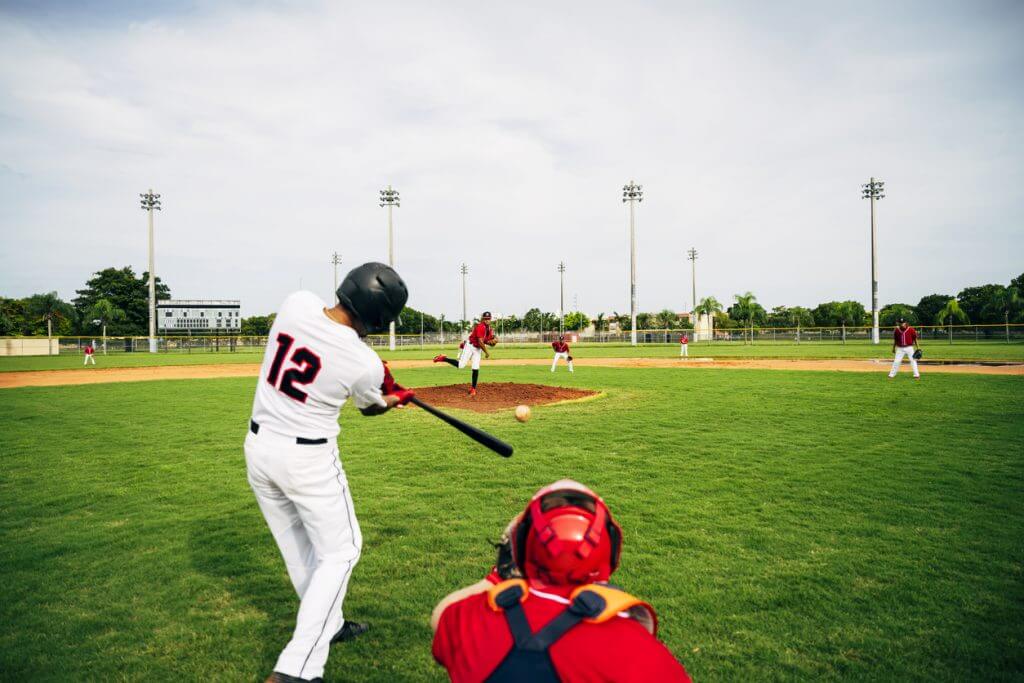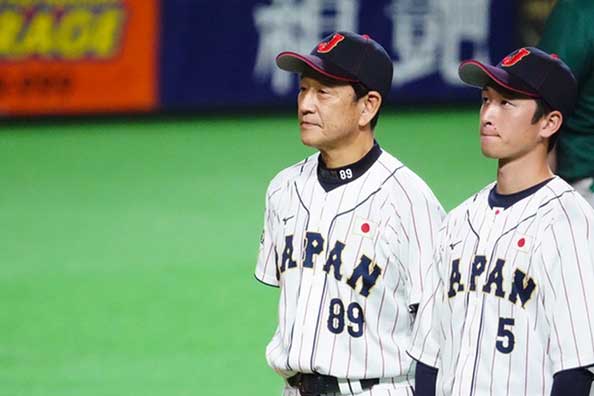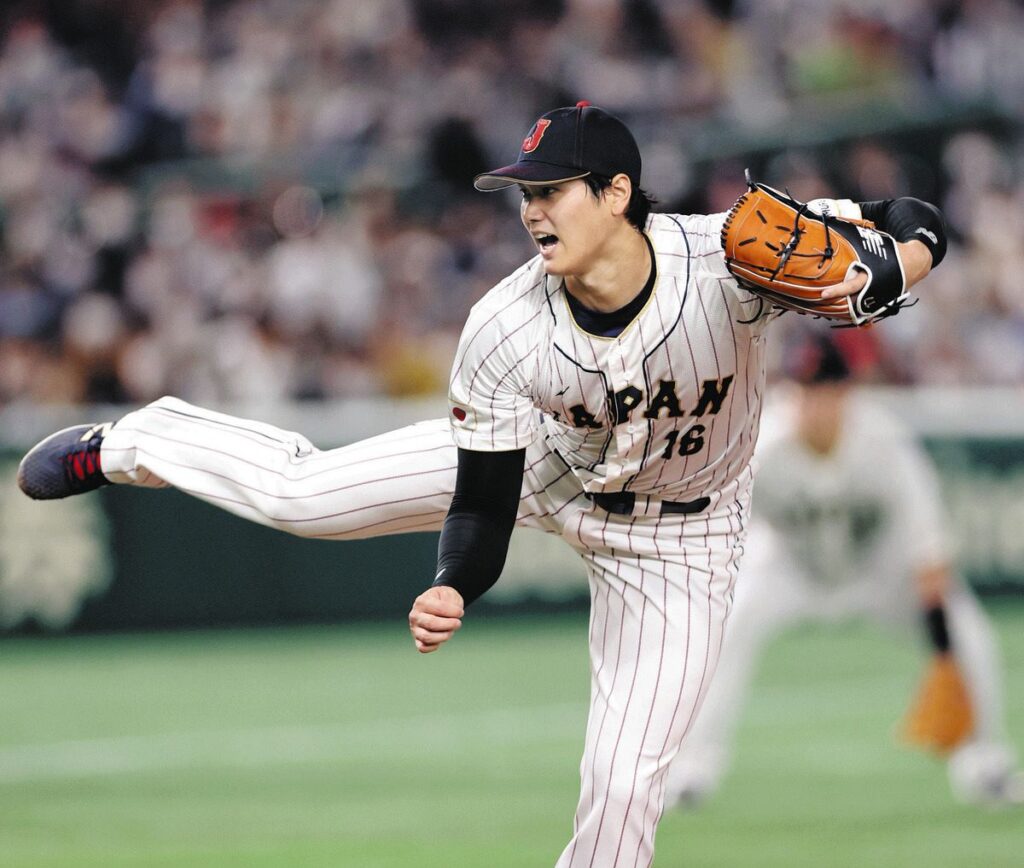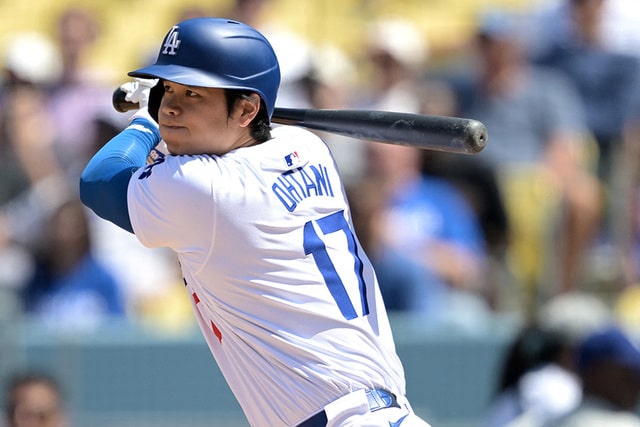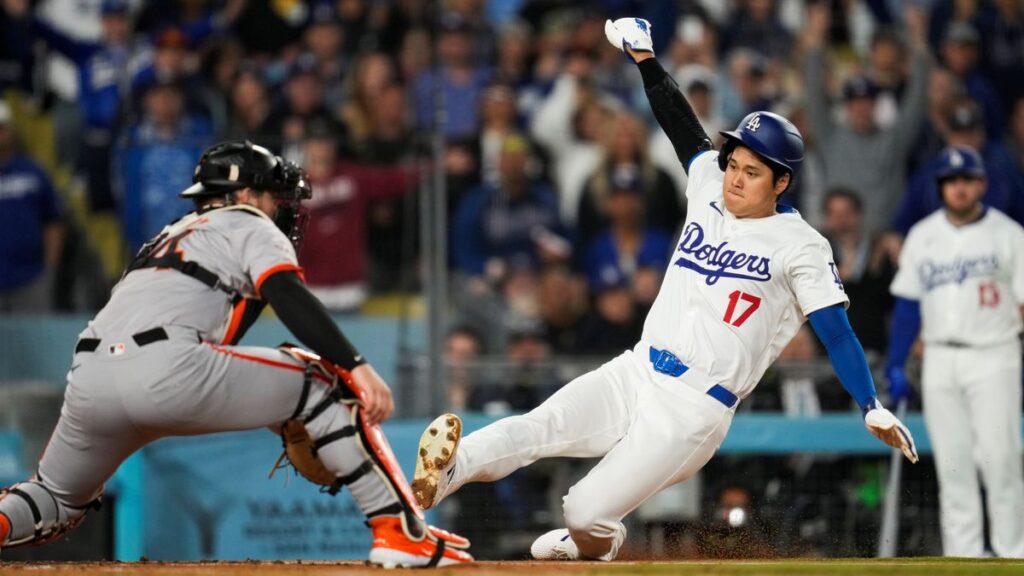
There are many positions in baseball, each with their own unique responsibilities.
In Japan, it is common for these position names to be written in kanji.
The kanji spellings are more than just names; they reflect the roles and characteristics of each position, and are extremely important in deepening your understanding of baseball.
This article provides detailed explanations about the kanji spellings of each baseball position.
We will not only cover the main positions such as outfielder, infielder, and battery, but also other baseball terms, and explore the meaning and origins of their kanji spellings.
We will also look at the history and evolution of baseball position names, and the impact of kanji writing on baseball culture.
For those who are just starting to learn baseball and those who already have knowledge, learning the background of the kanji writing will help you gain a deeper understanding of the game.
Now let’s take a closer look at the kanji for each position.
目次
What are the kanji for baseball positions?
The kanji characters for each baseball position are deeply rooted in Japanese baseball culture and reflect the role and characteristics of each position.
In this chapter, we will explain in detail the basics of positions and their roles, as well as the origins of the kanji spellings of position names.
Basics of the position and its role
Baseball positions are broadly divided into three categories: outfielder, infielder, and battery (pitcher and catcher).
Each position has a specific role and plays a vital role in the progression of the match.
Outfielder
- Center fielder : A position that protects the center of the field. A player must have a wide defensive range, good running ability, and good judgment.
- Right fielder : This is the position that protects the right side of the field. A strong arm is required, and many players who are good at long throws are placed in this position.
- Left fielder : A position that defends the left side of the field. The ability to handle batted balls is important, and hitting power is often required.
Infielder
- First baseman : The position of first baseman. Catching skills are important, and the player is responsible for handling many thrown balls.
- Second baseman : This is the position that covers second base. Mobility is required and this is an important role in making double plays.
- Third baseman : The third baseman plays in the third base position. A strong arm is required, and the ability to handle bunts and batted balls is important.
- Shortstop : A position that defends the center of the infield. A shortstop must have a wide defensive range and be mobile and strong defensively.
battery
- Pitcher : The pitcher plays a key role in determining the outcome of the game.
- Catcher : The position that receives the pitcher’s pitch. The catcher is the key to the defense and also has the role of controlling the game.
Origin of the kanji spelling of position names
The kanji spellings of the position names are used to concisely indicate each player’s role and position.
This is influenced by historical and cultural factors.
Kanji spelling of outfielder
- Center fielder : “Chu” means center and “kan” means to defend firmly, indicating the role of providing solid defense in the center of the field.
- Right fielder : “Right” means right side and “wing” means edge of the field, indicating the role of protecting the right side of the outfield.
- Left fielder : “Left” means left side and “wing” means edge of the field, indicating the role of protecting the left side of the outfield.
Kanji spelling of infielder
- First baseman : “First base” refers to playing first base and indicates the role of receiving the ball.
- Second baseman : “Second base” refers to the player who plays second base and plays an important role in double plays.
- Third baseman : “Third base” refers to defending the third base and indicates the role of responding to strong hits of balls.
- Shortstop : “Shortstop” refers to playing a wide range of territory and indicates the role of covering the center of the infield.
Battery Kanji notation
- Pitcher : “To throw” means to throw, and indicates the role of throwing the ball.
- Catcher : “Tsuri” means to catch, and indicates the role of receiving the pitcher’s throw.
The kanji used in the position names not only indicate the role, but also succinctly express the importance and characteristics of the position.
Understanding the names of each baseball position in kanji will give you a deeper understanding of the game’s tactics and the movements of the players.

Outfielder positions and kanji
The outfielder position in baseball requires strong defensive and running ability in order to cover a wide field.
In Japan, these positions are written in kanji, succinctly indicating their role or position.
In this chapter, we will explain in detail the kanji spellings and roles of the outfield positions: center field, right field, and left field.
Center fielder
The center is the position that defends the center of the field, and in Japanese it is written as “chuuenite.”
This kanji spelling reflects the team’s role of firmly defending the center of the field.
Center fielders have to cover a particularly large area of the field.
This requires strong running ability and quick decision making.
The center fielder must work in cooperation with both fielders (right and left) to handle batted balls, and must be particularly skilled at catching fly balls and liners.
The player also has the responsibility of leading the entire outfield, making this a vital position in the team’s defense.
Center fielders are required to be able to quickly judge the distance and direction of the ball and move to the appropriate position to catch it.
They also need a strong shoulder to return the ball to the infield and get runners out looking to get touched up.
These skills make the center a key player in determining the defensive strength of the team.
Right fielder
The right fielder plays on the right side of the field and is called “right fielder” in Japanese.
This kanji notation indicates the role of a wingman (wingman) who protects the right side of the field (right).
The right fielder is a position that requires a strong arm to prevent long hits.
In particular, since there are many throws from right field to third base and home plate, accurate and powerful throwing is required.
Also, right fielders often have to handle pull balls hit by right-handed batters, so they are required to have quick reaction times to fast balls and a wide defensive range.
The right fielder’s role includes not only handling batted balls but also working with the infielders and center fielder.
Their role is to react quickly when a batted ball comes flying and move to the appropriate position to catch it, preventing runners from advancing to the next base.
In addition, a powerful throw from right field can put a lot of pressure on the opposing team and sometimes change the flow of the game.
Left fielder
The left fielder is the player who defends the left side of the field, and in Japanese it is written as “left fielder.”
This kanji spelling indicates the role of a wingman (fielder) who protects the left side of the field (hidar).
The left fielder is in a key position in handling batted balls, and is required to react quickly, especially to liners and fly balls.
Left fielders often have to handle pull balls hit by left-handed batters and need the ability to deal with fast and hard hit balls.
Also, since left fielders are usually hit with balls more frequently than right fielders or center fielders, a wide defensive range and catching skills are important.
Left fielders are required to work closely with the infielders and have good throwing technique, especially to prevent runners from advancing to second or third base.
The left fielder’s role includes not only fielding batted balls, but also teamwork to improve the defensive ability of the entire outfield.
They are expected to make decisive catches and throws at key moments in the game.
Through this chapter, we hope you will learn more about the kanji spellings of baseball’s outfield positions and understand their roles and characteristics.

Infielder positions and kanji
In baseball, the infielder is an important position that protects the inside of the field.
In Japan, the names of each infield position are written in kanji, clearly indicating their role and position.
In this chapter, we will explain in detail the kanji spelling and roles of each position: first base, second base, third base, and shortstop.
First baseman
The first baseman is the player who plays first base, and in Japanese he is called “first baseman.”
This kanji spelling succinctly indicates the role of defending first base.
First basemen are the infielders with the most opportunities to catch the ball. They handle a lot of throws, so they need to have good catching skills.
The first baseman is the key to the team’s defense, and his role is to ensure outs by catching the ball accurately.
It is also important to react quickly to get out a runner who is rushing to first base.
First basemen often contribute to the team in terms of batting, and many of them are power hitters who aim for long hits.
Thus, the first baseman plays an important role in both defense and offense.
Second baseman
The second baseman is the player who plays second base, and in Japanese he is written as “second baseman.”
This kanji notation indicates the role of defending second base.
The second baseman is positioned in the center of the infield and must cover a large area of territory.
In particular, they play an important role in making double plays, so they require quick movements and accurate throwing.
There are many situations that require quick throws to second base or first base, so mobility and reaction speed are extremely important.
In addition, the second baseman often plays in coordination with the shortstop, so communication skills are also important.
When making a double play, both players need to work in perfect harmony.
In this way, the second baseman plays a key role in defense and is an important player in supporting the team’s defensive strength.
Third baseman
Third base is the position that plays third base, and in Japanese it is written as “third baseman.”
This kanji notation indicates the role of defending third base.
The third baseman is the infield position most suited to dealing with the hardest hit balls.
Players are required to have quick reaction times and a strong arm to handle bunts, sharp liners, and hard grounders.
In particular, when fielding a bunt, the ability to move forward quickly and throw the ball accurately to first base is important.
The third baseman also plays an important role in batting.
There are often many power hitters in the team, and they are important for increasing scoring power.
This is a position where players are expected to excel in both defense and offense.
Shortstop
The shortstop is the position that defends the center of the infield, and is written as “shostop” in Japanese.
This kanji notation indicates a wide-ranging guerrilla role.
The shortstop is the position with the greatest defensive range in the infield.
It requires quick reaction time for strong hits and line drives, as well as accurate throwing.
He also plays a lot of teamwork with the second baseman, playing an especially important role in making double plays.
The shortstop plays an important role not only defensively but also offensively.
The team is staffed with many skilled hitters and fast players, and they are expected to contribute to the team through their batting and base running.
As such, the shortstop is the center of the infield and plays a central role in the team on both offense and defense.
Through this chapter, we hope you will learn more about the kanji notation of baseball infield positions and understand their roles and characteristics.
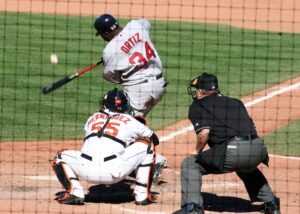
Battery position and kanji
In baseball, a battery refers to the combination of a pitcher and a catcher.
The battery plays a vital role in the progression of the game, and each position has specific skills and responsibilities.
In Japan, these position names are written in kanji to clearly indicate their roles.
Pitcher
The pitcher is the person who throws the ball, and in Japanese he is written as “pitcher.”
This kanji spelling combines the action of “throw” and the word “hand,” concisely indicating the pitcher’s role.
The pitcher plays a vital role in determining the outcome of the game.
They are expected to use a variety of pitches to keep the opposing batters in check.
The main task of a batter is to throw off the batter’s timing and get the out by using different pitches such as fastballs, curves, sliders, and changeups.
In addition, accuracy of pitching form and release point is also important, which produces pitches that are difficult for batters to predict.
The pitcher also has the role of controlling the tempo of the game.
By changing the interval and tempo of your pitches, you can throw off the batter’s rhythm.
Additionally, as the focal point of the defense, the pitcher also participates in bunt handling and fielding plays.
These moves show that pitchers have a huge impact on the entire game.
Catcher
The catcher is the position that receives the pitcher’s pitch, and in Japanese it is written as “catching.”
This kanji combination combines the action of “catching” with the word “hand,” succinctly indicating the role of a catcher.
The catcher plays a key role in the defense.
They are responsible not only for receiving the pitcher’s pitches, but also for directing the defensive positioning throughout the game and directing the play.
One of the most important roles of a catcher is to decide which pitch to pitch, known as the lead.
They analyze the batter’s weaknesses, choose the appropriate pitch type and course accordingly, and send signs to the pitcher.
The catcher is also responsible for keeping runners on the opposing team in check. He needs a strong arm to prevent base stealing and the ability to throw the ball quickly and accurately.
A catcher’s quick reactions and accurate throwing are important weapons in preventing runners from advancing to the next base.
As the leader of the defense, the catcher coordinates with the infielders and outfielders and directs them in appropriate defensive positions.
In particular, communication with the pitcher is extremely important, as reading the flow of the game and giving appropriate advice and instructions helps to maximize the team’s defensive ability.
The battery positions play very important roles in baseball, and the kanji spellings for each position clearly indicate their respective roles.
The pitcher and catcher working together are key to controlling the game and leading the team to victory.

Other baseball terms and their kanji spellings
Baseball has a lot of terminology, each describing a specific situation or action.
In Japan, these terms are often written in kanji, which succinctly indicate their meaning and role.
In this chapter, we will explain in detail the kanji spellings and roles of batting and defensive terms.
Batting Terms
Baseball batting terminology uses many kanji characters to describe the batter’s actions and results.
Below are some key striking terms:
Hit (Hit) A hit means that the batter hits the pitcher’s pitch, the ball falls in the fair area, and the batter himself safely reaches first base. A hit is an important indicator of a batter’s skill.
Home run: A home run occurs when a batter hits a ball over the fence, reaches all the bases, and returns to home plate. A home run is one of the most scoring hits and is a sign of a batter’s power.
Walks mean that the pitcher throws four balls and the batter advances to first base unconditionally. Walks show the batter’s batting eye and contribute to improving the on-base percentage.
Strikeout: A strikeout means that a batter is out after receiving three strikes. Strikeouts are an indicator of a pitcher’s ability and an area for a batter to improve.
Sacrifice bunt (bunt) A sacrifice bunt is a play in which the batter intentionally bunts the ball to advance a runner to the next base. A sacrifice bunt is an important tactic as part of team play.
Stolen bases means that a runner advances to the next base while the pitcher is still on the ball. Stolen bases are an important play that shows a runner’s speed and judgment, and can increase a team’s scoring opportunities.
Defensive Terminology
Defensive terms are used to describe actions and situations related to baseball defense.
Below are some key defensive terms:
Errors are when a defensive player misses a batted or thrown ball that should have been handled normally. Errors are an indicator of defensive accuracy and affect a team’s defensive strength.
Catching means that a defensive player catches a flying ball with his glove. Catching is a basic defensive action and requires a reliable play.
A double play is a play in which two outs are made with one hit. A double play is a defensive combination play that can be a big advantage for a team.
Put-outs are plays in which a defensive player directly puts a runner out. Put-outs are an important action for getting an out and are the foundation of defense.
Assists are plays in which a defensive player passes the ball to another player to make an out. Assists are part of a team’s defensive teamwork and are an indicator of the defensive strength of the entire team.
Interference is when a batter or runner interferes with the play of the defense. Interference is considered a violation of the rules and may result in a penalty.
Through these batting and defensive terms, you will be able to understand basic baseball plays and situations.
Kanji notation expresses these actions and situations succinctly and helps deepen understanding of baseball.

History and Evolution of Baseball Position Names
Baseball position names have undergone many changes throughout its history.
The names of each position reflect their role and position and have evolved over time.
This chapter provides a detailed explanation of the evolution of position names and how they are perceived today.
Changes in position names
Baseball position names date back to when baseball was established in the United States in the late 19th century.
The original position names were simply English words that described the role.
For example, a pitcher is called a “Pitcher,” a catcher is called a “Catcher,” and a first baseman is called a “First Baseman.”
Baseball was introduced to Japan in the late 1870s and 1880s, and around this time, influenced by America, the names of the positions were translated into Japanese.
Early translations included a mixture of English transliterations and semantic translations, but gradually Japan’s unique kanji writing system took over.
For example, the word for pitcher became “haishin” (pitcher), and the kanji used was one that means “throwing hand.”
The word catcher became “catcher,” and the kanji characters meaning “catching hand” were used.
In this way, kanji characters reflecting the role of each position were adopted and became firmly rooted in Japanese baseball culture.
The names of outfield positions have also undergone changes and are now established.
The center fielder was called “center fielder,” the right fielder was called “right fielder,” and the left fielder was called “left fielder,” and kanji characters were used to indicate the relative positions on the field.
These names clearly indicate the positions visually and are easy for baseball fans to understand.
Modern recognition of position names
In modern times, these position names are widely recognized and commonly used.
These kanji spellings are accepted as standard at all levels, including professional baseball, high school baseball, and Little League.
In modern baseball, position names do not simply indicate roles, but are also important as symbolizing the player’s personality and playing style.
For example, a shortstop with excellent defensive skills is often praised as the “key player of the defense,” while a first baseman with a strong batting ability is often recognized as the “team’s main batter.”
Furthermore, the roles of each position are evolving with the introduction of data analysis and advanced tactics.
In modern baseball, the roles of positions have become more specific and diverse, with things like defensive shifts and pitcher successions.
This requires players to hone position-specific skills.
In addition, with the spread of the media and the Internet, recognition of position names is spreading internationally.
Not only Japanese baseball fans, but overseas fans and players are also increasingly understanding and using Japanese position names.
This has helped spread Japanese baseball culture around the world and it now plays an important role in the global sports community.
Understanding the history and evolution of baseball position names and how they came to be what they are today will help you gain a deeper understanding of baseball.
The evolution of position names and modern perceptions will continue to evolve as part of baseball culture.

The importance of kanji writing and its influence
The fact that various baseball terms, including the names of baseball positions, are written in kanji has cultural and educational significance.
These kanji characters not only deepen our understanding of sports, but also have a major impact on Japanese language learning and education.
In this chapter, we will take a closer look at the impression given by kanji writing and the role of kanji writing from an educational perspective.
Impressions given by kanji characters
Kanji writing is deeply ingrained in Japanese culture, and the words themselves have a powerful visual and semantic impact.
The kanji used in baseball terminology is no exception, and they serve to make the meaning of each position and play easier to intuitively understand.
Visual impressionKanji have the power to convey a lot of information with a single character. For example, the kanji for “pitcher” combines the action of “throwing” with the specific part of the body, “hand,” intuitively conveying the pitcher’s role of throwing the ball. Similarly, the kanji for “catcher” shows the action of “catching,” clearly indicating the role of the catcher. This makes the role easy to understand, even for people learning baseball for the first time or for children.
Cultural meaning Kanji characters reflect Japanese traditions and culture. When baseball was introduced to Japan, it was influenced by America, but Japanese-style kanji characters were also adopted. This allowed baseball to take root as a part of Japanese culture. Kanji characters not only convey the meaning of words, but also play a role in conveying the cultural background and history of those words.
The role of kanji writing from an educational perspective
Kanji writing is also very important from an educational perspective.
In particular, kanji writing offers many advantages in sports education and Japanese language education.
Contribution to Japanese Language Education Kanji writing is an important learning element for Japanese language learners. Learning baseball terms in kanji is a good opportunity not only to understand the meaning and role of words, but also to learn how to read and write kanji. For example, by learning terms such as “pitcher” and “catcher,” students can naturally learn how to use kanji such as “throw” and “catch.” This is expected to improve overall Japanese language ability.
Part of sports education Kanji writing is also useful in sports education. Children have the opportunity to become familiar with kanji through baseball. Learning through sports makes kanji learning more fun and practical. In addition, using kanji writing allows children to gain a deeper understanding of sports tactics and roles, and improves communication skills in team sports.
Understanding History and Culture Learning kanji writing helps students understand the history and culture of baseball. By learning the meanings of kanji for position names and plays, students can understand how baseball has taken root in Japanese culture. This is important not only for deepening understanding of sports, but also of Japanese history and culture in general.
Kanji not only brings visual and cultural impact to baseball terminology, but also offers many benefits from an educational standpoint.
This allows the knowledge gained from studying baseball to extend beyond the boundaries of the sport.
